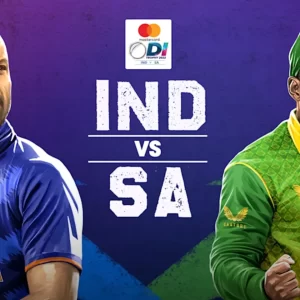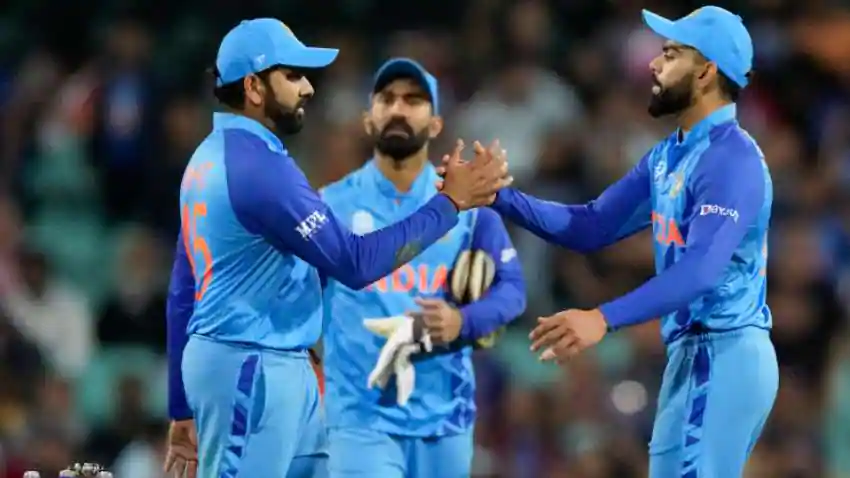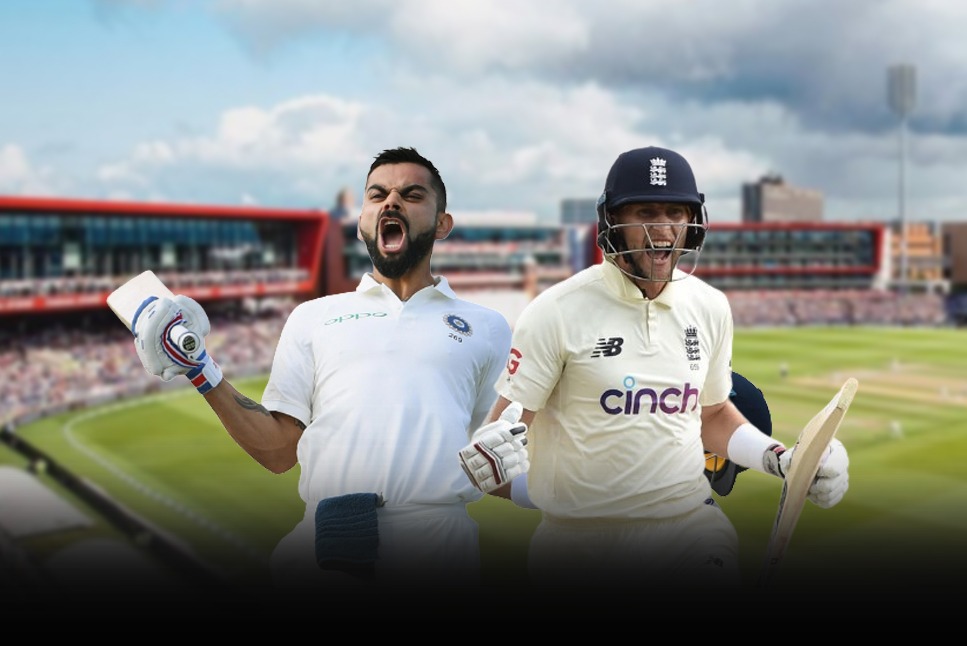Two T20 series against good teams. Australia and South Africa. In quick succession and just before the World Cup. Was there any point of such a series? Afterall, the World Cup will be held in Australia where the conditions will be vastly different from what prevails in India? Was it really necessary after so many months of cricket? Did India gain out of the twin series?
The team took a collective decision after the World T20 debacle in 2021 that they will change the way they bat. Rohit Sharma was at the forefront of that change. It is ironical that Rohit will have to bring about this change. Rohit almost always plays out a maiden over of the very first over and the same Rohit is now talking about change. Better late than never because the world has moved on from the 1980s and 1990s brand of cricket in the short formats.
“It is something that all of us came together and we said, you know, this is what we want to do as a team,” Rohit said during the post-match presentation, when asked about India’s batting approach. “Sometimes it has come off; there will be times where it doesn’t come off, but we want to stick to it. We felt that this is the method of moving forward, it has given us results, and we will continue to take that approach.”
Was there a need for this series?
India have just gotten off from a tough and competitive Asia Cup where they were knocked out before the finals. Prior to that, they had that lengthy IPL and a few T20 games before that. Not to mention the World T20 just about a year ago. All sorts of combinations were tried during these past few months right from asking Pant to open till making Kumar and Arshdeep bowl the final overs. Rohit Sharma says “we are learning”. What the hell is he learning is something that is confusing. Almost all of the Indian players are quite experienced in this format. You do not learn with experienced hands, rather, you will want to turn that learning in to results with experienced cricketers.
I for one think that the players would have been much better with a break. Indian cricketers are overworked. They need breaks so that they can rejuvenate and work on their weakness. However, the BCCI will have none of that. For them, money is the one and only criteria. Hence, they stage lots and lots of meaningless games in the garb of preparing for the World Cup. Just how have the players prepared for an event to be held in Australia by playing in India is something even BCCI will not be able to explain.
Nevertheless, let us talk about gains for India
One, they have continued with the aggressive approach. This augurs well for the World Cup where the pitches eventhough they will bounce a bit more, are expected to be full of runs. High scores while batting first and the ability to chase such scores is of paramount importance. Utilising the powerplay is essential for that. The bigger surprise was how Rahul has shed his inhibitions. When he plays this aggressively, he makes batting look so easy. Will the pressure of the World Cup change his approach? I very much think so. I do not expect him to open up until India is either knocked out or have already qualified.
Kohli has continued with his good form. He has been consistently scoring and at a good enough strike rate. Kohli’s form is not only important for the World Cup but for India to qualify for the WTC finals. With 4 Tests lined up against Australia, Kohli’s runs will be vital.
Surya Yadav is the man in form. His 360 degree shots are a treat to watch. Few overs of Surya at the crease can destroy the opposition. At number 4, he is the most important wicket for the opposition. The kind of form he is in, he must be given the maximum number of overs to bat. if that means moving Kohli down to number 4, so be it. The only problem with that is that Kohli will not be able to play his natural game and that will be a liability. Perhaps, it is better to leave the line up as it is.
Wicket keeper and bowlers
The team management have done well to impose trust upon Dinesh Karthik. Rishabh Pant hasn’t quite convinced in the shortest format. He is not as effective in the T20 side as he is in the Test side. I can only hope that Dravid and Rohit continues to trust Karthik even if he fails in a couple of games because Karthik has taken up a role that will be unforgiving. He has taken an extreme risk in projecting himself as finisher only. Nevertheless, if he can create an impact game after game, he will propel India to that elusive title.
Deepak Chahar has made an impressive comeback in the series against South Africa. The trouble is that both him and Kumar cannot play in the same game. They both are new ball bowlers at best. Kumar as we have seen from the last few games, struggles during the final overs. Chahar will not be any different. Only one can play in the eleven. If current form is anything to go by, I will pick Chahar over Kumar.
Wrapping up did India gain out of the twin series?
The problem that still prevails is Rohit’s inability to go on and score substantially. The quick 20s and 30s will not be that effective in T20 where the incoming batsman will not have anytime to settle down. Except for Surya and Karthik, none in the current team is capable of hitting from the first delivery. Another problem is the bowling. It is pretty weak. Perhaps the weakest among the bigger nations. Chahal and Harshal are simply ineffective at the highest level. Harshal’s slower ones will not have the same bite in Australia. Kumar, Chahar, Harshal, Arshdeep, Chahal, Ashwin make for a pretty ordinary attack. The batsmen will be forced to score that extra 30 runs to cover for poor bowling.
As of now, India are not among the favourites. Especially considering the bowling.



